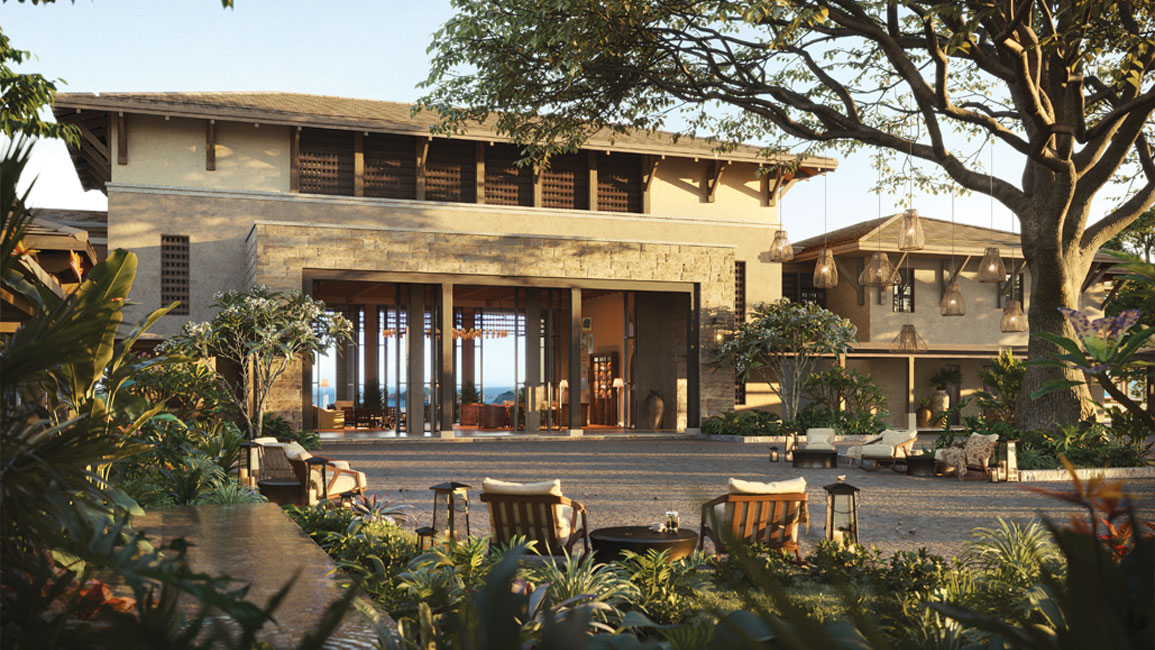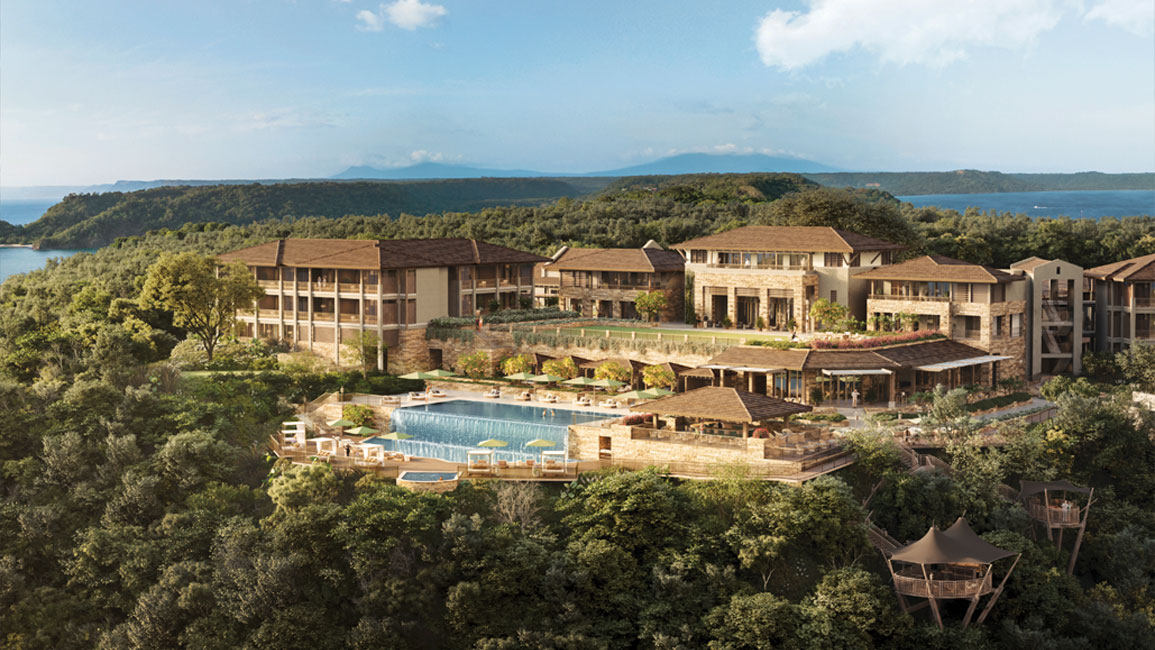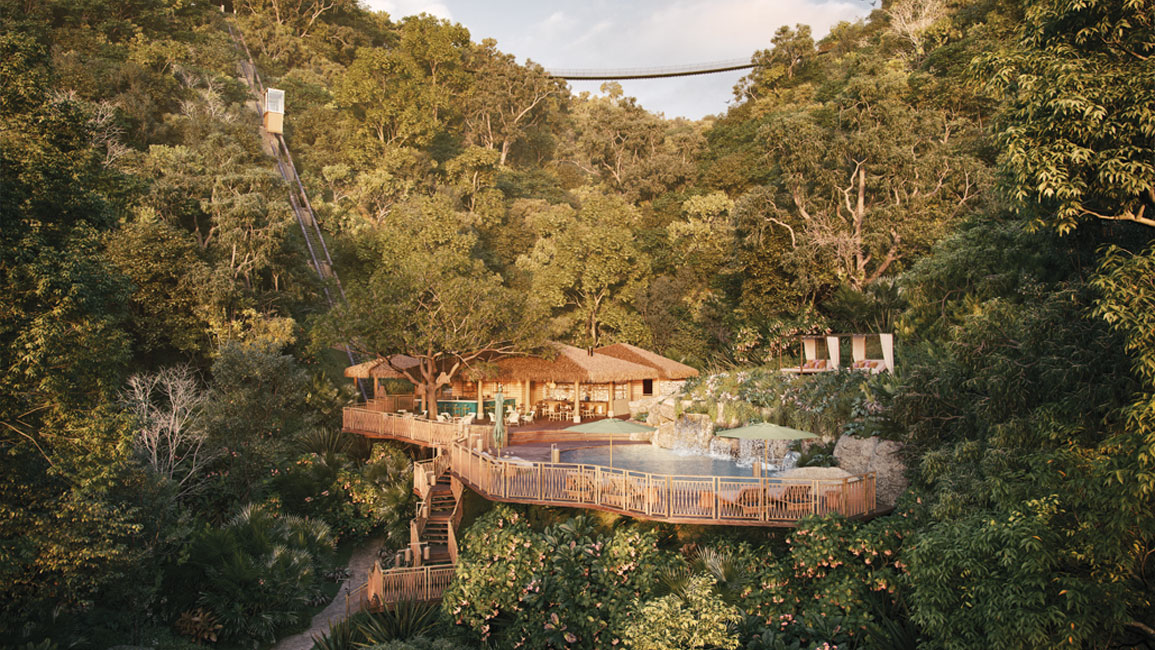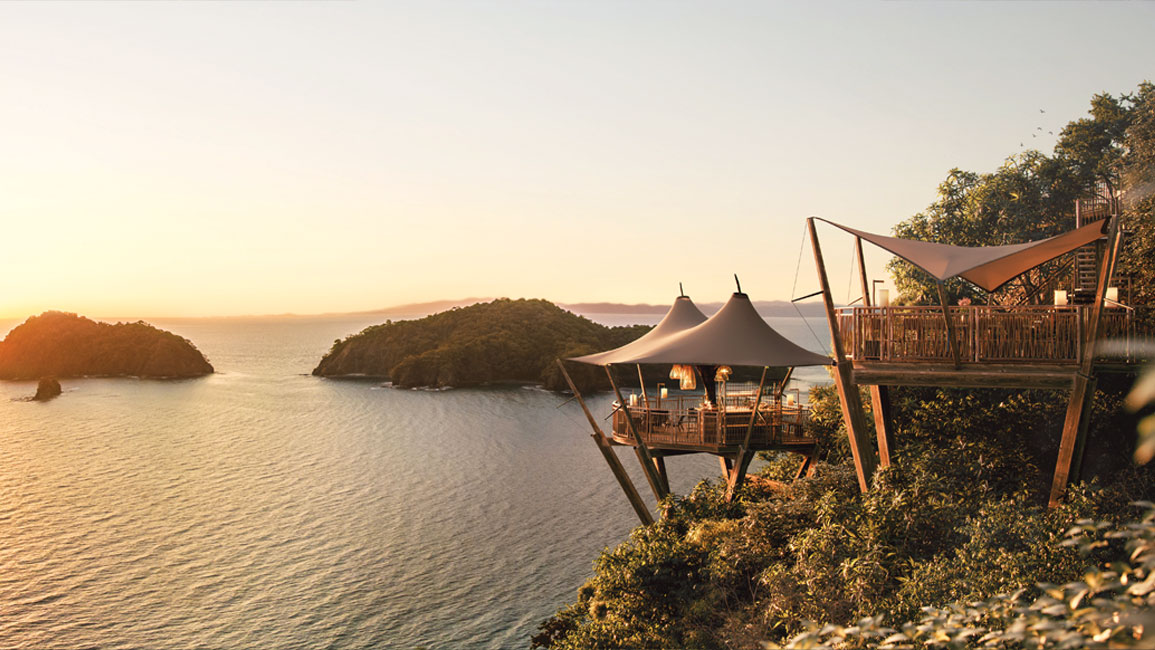
Environmental preservation was a top priority in the development of Nekajui, a Ritz-Carlton Reserve. Located in Costa Rica’s Área de Conservación Guanacaste (ACG), a UNESCO World Heritage Site, the development sought to honour Costa Rica’s position as a prime ecotourism destination, and one of the most biodiverse countries in the world.
“We drew up a site-sensitive design that wove tree-house-type structures and tents alongside villas, with a light-on-land approach that allows the design to be guided by the natural, steep contours of the land,” Jorey Shoshanna Friedman, Vice President and Principal of SB Architects explains.
Before starting, SB Architects worked alongside EDSA to create an in-depth tree survey and a development constraint map to inform the basis of the design, from planning for breath-taking view corridors to protecting animal habitats.
The design required sensitivity to the site’s rich landscape and natural contours, treading lightly and integrating with the indigenous ecosystem to preserve the area’s biodiversity and natural resources.
Landscaping took into consideration the indigenous origins with planting respective of the region, and locally sourced, organic materials that were chosen to create cart paths and foot trails. The design team worked to align the development with the ‘Papagayo 2025’ initiative, and was therefore committed to protecting the environment and reducing the Peninsula’s footprint.

A light-on-land approach
“At Nekajui, a Ritz-Carlton Reserve, the opportunity for experiential lodging was abundant,” Friedman emphasises. “Blending adventure with luxury, our aim was to immerse guests in a delicate liminal space where idyllic escape feels exposed to nature, protected, and wild at the same time.”
An iconic funicular carries guests down from the main pool to the secluded beach club, which is designed high above the sand and pushed back to respect the coast. “Whisking guests 200 feet up and down the coastal hillsides, the funicular offers bird’s-eye views between the arrival core and the beach club destination,” Friedman adds.
The development will focus on a series of impactful initiatives, including social sustainability programs, to protect the resort’s surrounding locale and Guanacaste community, allowing guests to become stewards, while actively educating guests on the importance of sustainability and environmental consciousness.
Drawing on the abundance of talent in the area, Nekajui is intended to be a place to showcase local artists and craftsmen, engaging the surrounding community and immersing the guests in the area’s rich culture.

Sustainability-driven units
Nekajui winds organically from coastal bluffs down to the sandy beach, offering unparalleled access to the peninsula’s natural beauty and a multifaceted architectural journey, explains Friedman.
“SB Architects conceived the notion of giving guests the option of staying close to the heart of the resort at La Casona, in one of the guestrooms scattered across the site, or in tents or treehouse-type structures that are more remote and the most casual and organic in design.
Through collaboration with Luxury Frontiers, luxurious tents with incredible views of the ocean are integrated into the resort for the ultimate in authentic, barefoot architecture. “Simple yet strategic use of space, unobtrusive yet interesting forms, and a vast sense of openness, provide guests with the best possible way to soak up the natural surroundings,” Friedman elaborates.
Coupled with an incredible adventure travel experience, tent guests will have access to the spa’s indulgent spa rituals and treatments inspired by the local culture as well as the rest of Ritz-Carlton’s resort amenities, Friedman concludes.



 Share
Share








